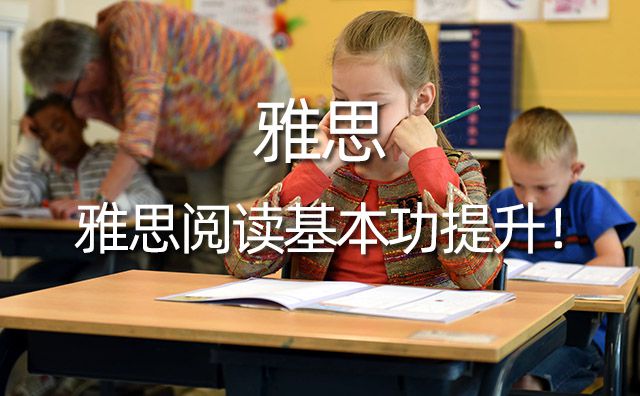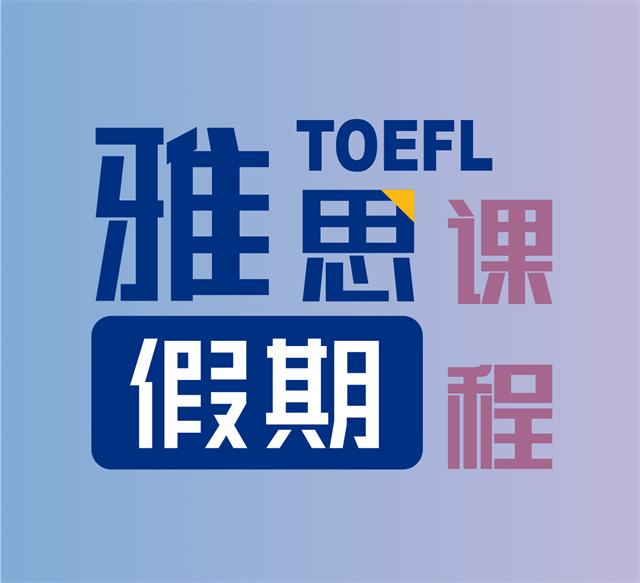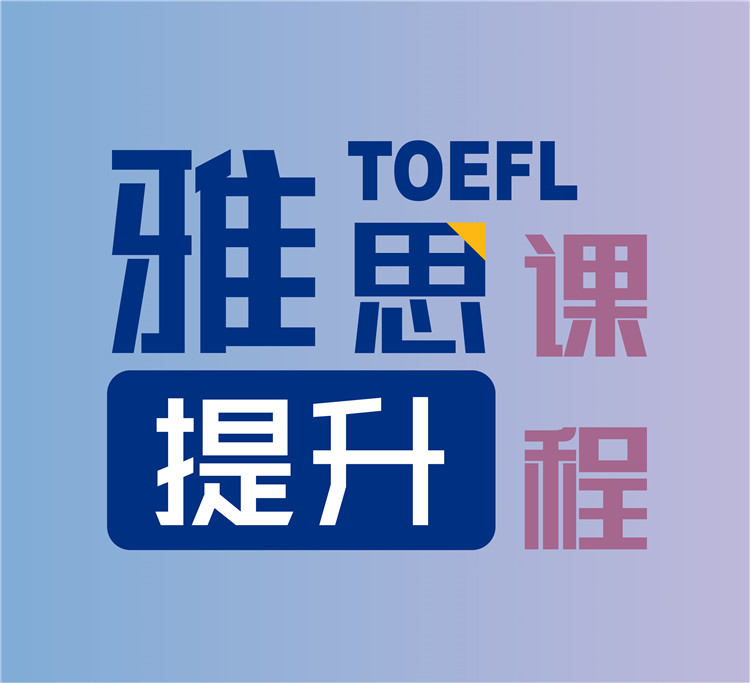搞定雅思阅读就是这么简单
弄清句子类型
Educating Psyche by Bernie Neville is a book which looks at radical new approaches to learning, describing the effects of emotion, imagination and the unconscious on learning. One the theory discussed in the book is that proposed by George Lozanov, which focuses on the power of suggestion.
之前讲到信息分层时,需要具备的一个能力:
“掌握最基本的句型结构。比如简单句,复合句,复杂句,并且了解每种句型在信息传递时扮演的作用是什么。”
如果我们了解了基本的句子结构,对于信息的主次之分就会更有把握。通常有一个base sentence,在此基础上有复合句,句子之间地位等同,因此信息重要性等同;还有主句和从句构成的复杂句,那么从句部分就是补充作用,就像上面的which looks at radical new approaches to learning,which focuses on the power of suggestion。
接下来还有主句加上修饰短语的结构,修饰部分的作用也是补充。比如上面的describing the effects of emotion, imagination and the unconscious on learning.
这时候从语法的角度讲,就有必要去了解一下修饰短语具体有哪些形式。
“Most modifying phrases can be classified as participial phrases, gerund phrases, infinitive phrases, or prepositional phrases.”
那么补充信息的作用是什么?
让读者缩小范围,对话题有更形象的了解,对前面的生僻内容进行具体解释,以及方便据此提出自己的问题。而在速度上,主句细读,补充扫读。
因此经过快速处理,眼中提炼出这些信息,同时脑海里已经处理了这些内容:【what】讲一本书,暗示的作用;【how/why】那么radical具体体现在哪些方面?和以前的理论有什么区别?作者为什么选这个角度?等
合理分配脑力
按照上面的分析,你在阅读过程中,脑力分配比例如下:阅读信息20%,提出和预测问题占80%:
Lozanov's instructional technique is based on the evidence that the connections made in the brain through unconscious processing (which he calls non-specific mental reactivity) are more durable than those made through conscious processing.Besides the laboratory evidence for this, we know from our experience that we often remember what we have perceived peripherally, long after we have forgotten what we set out to learn. If we think of a book we studied months or years ago, we will find it easier to recall peripheral details - the colour, the binding, the typeface, the table at the library where we sat while studying it - than the content on which were concentrating. If we think of a lecture we listened to with great concentration, we will recall the lecturer's appearance and mannerisms, our place in the auditorium, the failure of the air-conditioning, much more easily than the ideas we went to learn, even if these peripheral details are a bit elusive, they come back readily in hypnosis or when we relive the event imaginatively, as in psychodrama.The details of the content of the lecture, on the other hand, seem to have gone forever.
第二段看似很长,我们通过对句子的判断,找到主句后,可以在阅读速度上迅速做出判断,最后留下这些核心信息:
天呐,只有这么多?下面if...if...if...的内容都略过去了么?!假如问你这些内容扮演什么作用时,你就明白为什么可以非常快速的扫读过去了。很显然,它们以例子的身份存在,作为支撑,支撑什么呢?unconscious processing more durable。
也许你还会讲,我遇到好多生词啊,比如peripherally,mannerisms,elusive,这些词都没见过,我想了很久也回忆不出来!
首先,假如你现在知道如何分配自己的脑力,这些单词是什么意思对你来讲并不是最重要的。
其次,就算你想知道它们的意思,也可以通过刚刚我们说过的句子类型来协助你,比如we will find it easier to recall peripheral details - the colour, the binding, the typeface, the table at the library where we sat while studying it ,破折号部分就是对于peripheral的具体解释。
巧用辅助信息
当你整段内容都因为生词或者其他原因读不懂时,仍然可以找到主句作为支点,带着问题继续往下去阅读;通常情况下,一切作者,不管是在阅读文章中,还是在听力讲座中,他们的目的都是让读者明白自己的理念,这样才能形成互动,传递自己的思想。
当作者意识到自己的某段内容较难时,也会在下面进行一个缓冲,以免产生太多信息鸿沟。因此,作为读者或者听众,遇到一段难的信息,接下来就要从宏观上知道,简单的或者更加具体的内容要来了,而且这些内容就是为了协助你理解。
比如你会发现接下来四个段落中,第一段有大量的生词,读起来不容易,而后三个描述实验过程的段落,就是扮演着这种具化作用。
This phenomenon can be partly attributed to the common counter productive approach to study (making extreme efforts to memorize, tensing muscles, inducing fatigue), but it also simply reflects the way the brain functions. Lozanov therefore made indirect instruction (suggestion) central to his teaching system. In suggestopedia, as he called his method, consciousness is shifted away from the curriculum to focus on something peripheral. The curriculum then becomes peripheral and is dealt with by the reserve capacity of the brain.
The suggestopedic approach to foreign language learning provides a good illustration. In its most recent variant (1980) it consists of the reading of vocabulary and text while the class is listening to music. The first session is in two parts. In the first part, the music is classical (Mozart, Beethoven, Brahms) and the teacher reads the text slowly and solemnly, with attention to the dynamics of the music. The students follow the text in their books. This is followed by several minutes of silence. In the second part, they listen to baroque music (Bach, Corelli, Handel) while the teacher reads the text in a normal speaking voice.During this time they have their books closed. During the whole of this session, their attention is passive; they listen to the music but make no attempt to learn the material.
Beforehand, the students have been carefully prepared for the language learning experience. Through meeting with the staff and satisfied students they develop expectation that learning will be easy and pleasant and that they will successfully learn several hundred words of the foreign language during the class.In a preliminary talk, the teacher introduce them to the material to be covered, but does not 'teach' it. Likewise, the students are instructed not to try to learn it during this introduction.
Some hours after the two-part session, there is a follow-up class at which the students are stimulated to recall the material presented. Once again the approach is indirect. The students do not focus their attention on trying to remember the vocabulary, but focus on using the language to communicate (e.g. through games or improvised dramatizations). Such method are not unusual in language teaching. What is distinctive in the suggestopedic method is that they are devoted entirely to assisting recall. The 'learning' of the material is assumed to be automatic and effortless, accomplished while listening to music.The teacher's task is to assist the students to apply what they have learned paraconsciously, and in doing so to make it easily accessible to consciousness. Another difference from conventional teaching is the evidence that students can regularly learn 1000 new words of foreign language during a suggestopedic session, as well as grammar and idiom.
适当阶段总结
上面几段信息阅读下来,会发现有点长度,注意力容易涣散掉,这个时候就要善于停下来进行适当总结,一般有两个方向:1.刚刚讲了什么?2.现在有什么新的走向,具体如何?
Lozanov experimented with teaching by direct suggestion during sleep, hpynossis and trance stages, but found such procedure unnecessary. Hypnosis, yoga, Silva mind-control, religious ceremonies and faith healing are all associated with successful suggestion, but none of their techniques seem to be essential to it. Such rituals may be seen as placebos. Lozanov acknowledges that the ritual surrounding suggestion in his own system is also a placebo, but maintains that with such a placebo people are unable to or afraid to tap the reserve capacity of their brains.Like any placebo, it must be dispensed with authority to be effective. Just as a doctor calls on the full power of autocratic suggestion by insisting that patient take precisely this white capsule precisely three times a day before meals, Lozanov is categoric in insisting that suggestopedic session be conducted exactly in that manner designated, by trained and accredited suggestopedic teachers.
如果按照刚刚的方式总结一下的话,就是“【what】原理再加上【how】如何让这种学习方式发挥功效”。
While suggestopedia has gained some notoriety through success in the teaching of modern languages, few teachers are able to emulate the spectacular results of Lozanov and his associates. We can, perhaps, attribute mediocre results to an inadequate placebo effect. The students have not developed he appropriate mind set. They are often not motivated to learn through this method. They do not have enough 'faith'. They do not see it as 'real teaching', especially as it does not seem to involve the 'work' they have learned to believe is essential to learning.
最后一段无论从句型上还是词汇难度上,都没有太难的地方,快速扫读完成即可。
这样一路阅读下来,不仅可以了解一些新知,也可以顺便把题目解答完毕。阅读过程中你是主角,不用被牵着鼻子走!
猜你喜欢
-

-
 雅思阅读从入门到方法论这里都有,安排!2020-05-18这篇文章不是心灵鸡汤,也不是满篇的方法论,本篇文章总共分成三大块内容:第一部分主要说如何设置合理的目标,第二部分是推荐的资料和理由,第三部分是备考阅读的一些练习方法。【 查看详情 】
雅思阅读从入门到方法论这里都有,安排!2020-05-18这篇文章不是心灵鸡汤,也不是满篇的方法论,本篇文章总共分成三大块内容:第一部分主要说如何设置合理的目标,第二部分是推荐的资料和理由,第三部分是备考阅读的一些练习方法。【 查看详情 】 -
 雅思初学者英语阅读备考技巧2020-05-18对没有过雅思的同学来说一定觉得很奇怪为什么,我们从小就学英语,为什么在考雅思的时候分数就是不高,并且雅思英语跟我们学的新概念英语有什么不同呢?雅思考试不也是英语嘛?为啥还【 查看详情 】
雅思初学者英语阅读备考技巧2020-05-18对没有过雅思的同学来说一定觉得很奇怪为什么,我们从小就学英语,为什么在考雅思的时候分数就是不高,并且雅思英语跟我们学的新概念英语有什么不同呢?雅思考试不也是英语嘛?为啥还【 查看详情 】 -
 雅思阅读基本语句,倒装句例句分析2020-05-18雅思阅读考试中有很多长句子,我们有的时候很难判断他是什么意思,加上一些是特殊句型,我们可能更加迷糊,今天带来一些雅思基本语句-倒装句例句分析。【 查看详情 】
雅思阅读基本语句,倒装句例句分析2020-05-18雅思阅读考试中有很多长句子,我们有的时候很难判断他是什么意思,加上一些是特殊句型,我们可能更加迷糊,今天带来一些雅思基本语句-倒装句例句分析。【 查看详情 】 -
 雅思阅读基本功提升-分词2020-05-18学习语言最重要的基础就是对单词的掌握,同学们在备考阶段一定要制定计划,每天积累一定的词汇量。雅思阅读在考察词汇量的同时也在考察考生的理解、分析、语言表达能力,不管雅思阅读【 查看详情 】
雅思阅读基本功提升-分词2020-05-18学习语言最重要的基础就是对单词的掌握,同学们在备考阶段一定要制定计划,每天积累一定的词汇量。雅思阅读在考察词汇量的同时也在考察考生的理解、分析、语言表达能力,不管雅思阅读【 查看详情 】
热门阅读
随机阅读















